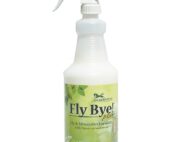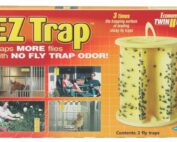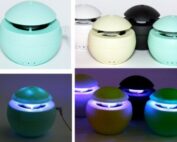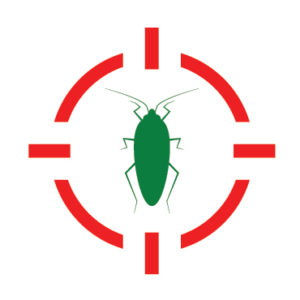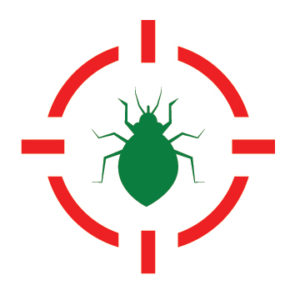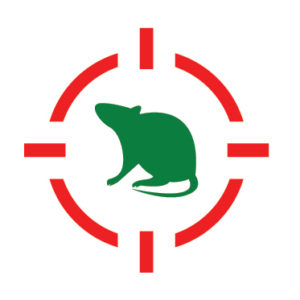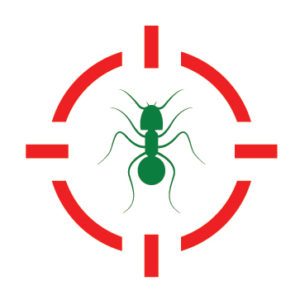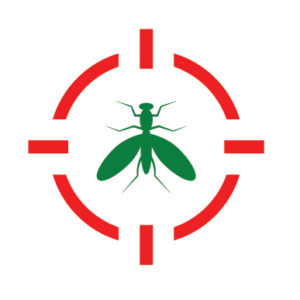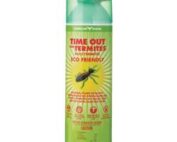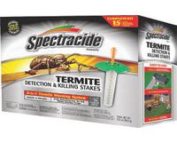TERMITE CONTROL
Where Do Termites Live
Termites are secretive insects. They essentially live and hide in walls, crawlspaces, and other hidden areas of the home. Due to this fact, most homeowners don’t notice that they have a termite infestation until substantial damage has already been done.
When termites are disturbed inside the walls of your home, you can hear a distinct sound. Termites communicate with each other by the act of head-banging. Termites head banging is a method used to communicate to and with other termites. Termites create this sound by banging their heads against the wall surfaces of the tunnels that they have created within your home’s walls. This head banging within your walls creates an audible rattling sound. Often times worker termites, can create a clicking or rustling sound utilizing their mouths as they eat away at the wood within your building’s walls.
Subterranean termites live in the soil, although they sometimes construct nests made out of mud inside of walls and hollowed out trees. Drywood termites don’t need soil contact. They live right in the walls of homes and building structures.
Do Termites Bite?
Termites do have the ability to bite humans, but they much prefer to bite and enjoy wood and plant life. While termite bites are rare, if provoked a termite could in fact bite you. Some termites have pincers or mandibles that are prominently seen on their exteriors. These pincers have the ability to bite and cause some irritation to skin and tissues. Like most bug bites or attacks on the body, irritation, inflammation and the release of histamine in the body after a bite may trigger secondary symptoms. Histamine release by the body can cause increased blood flow and the release of restorative white blood cells to the bitten or affected area. Allergic reactions, asthma attacks and even the stress of the situation could cause panic attacks in some individuals.
Termite bites are similar in pain and appears to the mundane mosquito bite. Irritation of the area may last a few days and then you will be back to normal. While pets can be bitten by termites, pet attacks and bites by termites are relatively rare as well.
While the threat of being bitten by a termite is relatively low, eradicating termites is a must. Professional extermination remedies and methods should be sought out to protect the integrity and structure of your home and building.
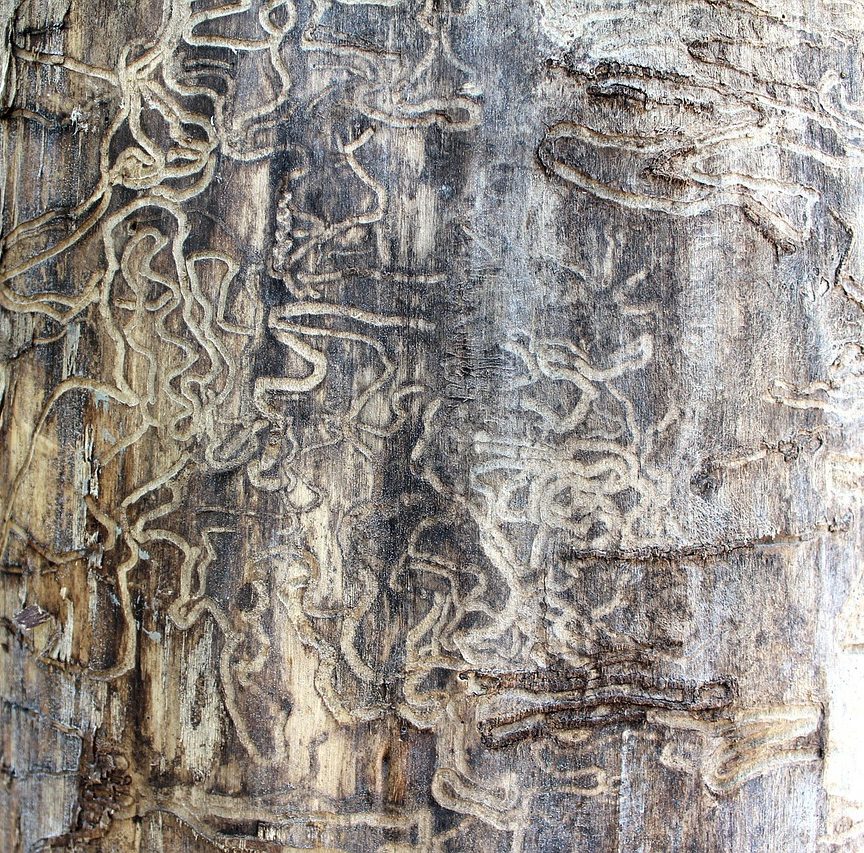
Termites are a huge source of stress for homeowners. These tiny, winged insects feed on any unprotected wood within a home, and if left untreated, they can cause substantial damage. Research performed by the National Pest Management Association indicates that the annual cost of repairing Termite damage in the United States is around $5 billion dollars each year.
While homeowners who have noticed termites around their properties have reason to be concerned, they shouldn’t panic. To get rid of termites, the first step toward remedying the problem is to learn about these insects so that you can get a grasp on how to get rid of them. Read on to get started on how to get rid of termites for good!
Termites are insects that are closely related to cockroaches. Both termites and cockroaches have evolved from a common ancestor in the past. In the wild, termites feed on the cellulose found in dead trees. Most species are native to North America, so they actually play an important role in local ecosystems. It’s when they start feeding on residential homes that termites become a problem and the urgency to get rid of them increases.
What Do Termites Look Like?
Adult termites have three broadly joined body segments. Each species has a few unique characteristics, but all termite colonies organize themselves into three broad categories. The creamy white workers, lack eyes and wings, while soldiers have dark, enlarged heads with mandibles.
Swarmers range in color from pale yellow to black depending on the species. They have two pairs of clear to smoky black wings that lie flat on their backs when not in use.
Termite larvae live inside the nest until they molt. The process of termite molting is the shedding of the exoskeleton by the termite. After molting, they are assigned as either reproductive or worker termites depending on the colony’s needs.
Recommended Products
For your pest control needs
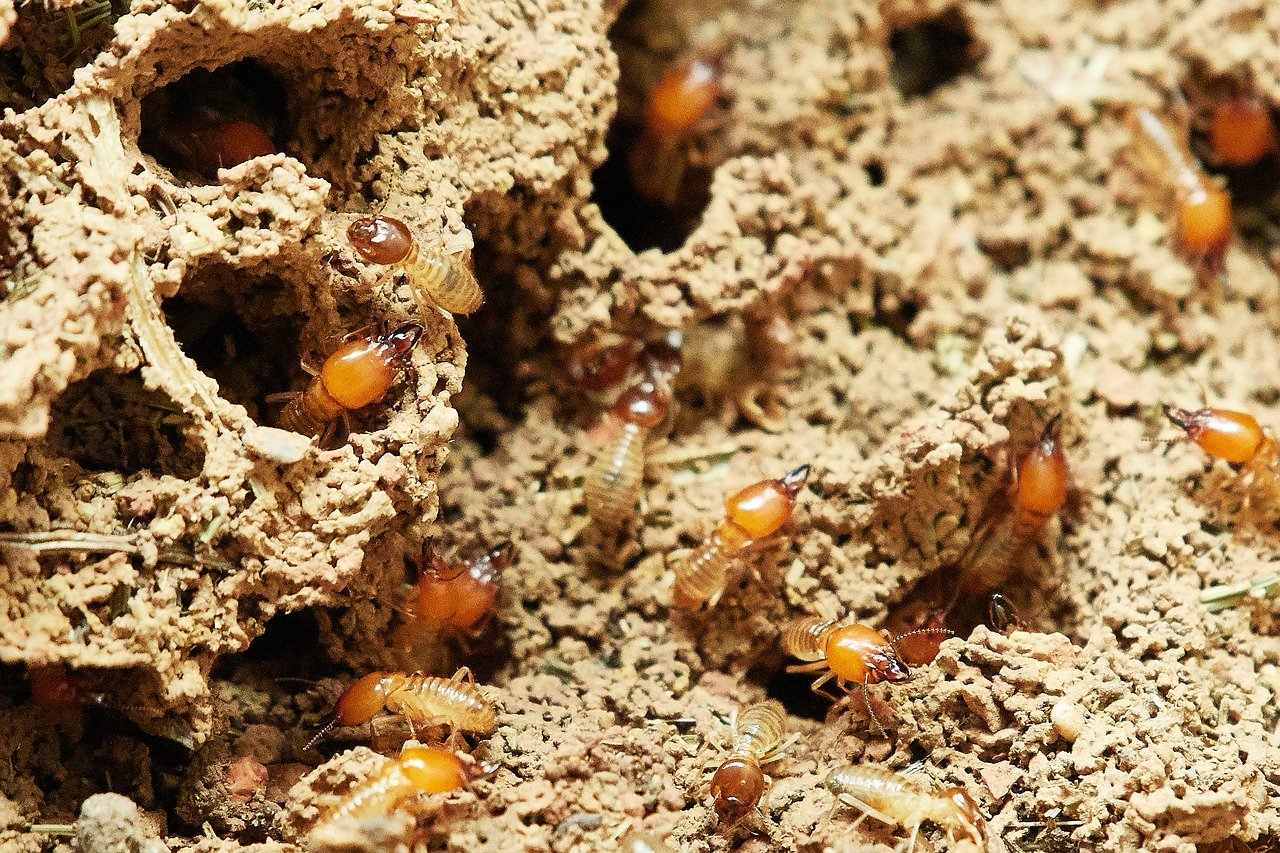
Types of Termites
There are 45 species of termites that live in North America, but not all of them are equally destructive. Homeowners should be most concerned about the subterranean, drywood, and dampwood varieties. Termites are literally the most damaging insect to your home and shelter. Termite colonies can remain hidden behind your walls for month to years without being detected. Subterranean, drywood, and dampwood termites are most likely to attack residential homes and buildings.
Flying termites are called swarmers. They’re responsible for reproduction within the colony. Although they have wings, they are not strong fliers, only flying well enough to get around and find mates or food sources for new colonies. Homeowners may notice swarms of flying termites around their colonies at around the same time every year, although mating season varies depending on the species and the weather.
Winged termites are also another term for swarmers. They’re often mistaken for flying ants, but there are a few discernible differences. Ants have elbowed antennae and pinched waists, which makes it easier to see their body segments, but it can be hard to tell the difference since they’re so small. Homeowners who aren’t sure if they have winged termites or flying ants should always defer to the expertise of a licensed professional.
Most termites found in North America are subterranean termites. The most destructive of them is the Formosan termite, an invasive species that is attracted by wet soil and damp wood. Formosan termites reproduce quickly and consume more cellulose than native species.
Formosan and all subterranean termites live in underground colonies. These termite colonies can also be found in damp, moist hidden areas above ground that mimic subterranean living conditions. In termite colonies, there can be as many as two million termites! Subterranean termites build tunnels call mud tubs. Subterranean termites utilize these mud tubes for various reason.
The best way to get rid of subterranean termites is to monitor and control their access to accumulated water near your home. Fix all leaky plumbing in and around your home. Install proper ventilation in basements and crawl spaces. Also limit their access to exposed wood in and around your home. Installing a dehumidifier can also be effective in reducing moisture that can attract subterranean termites.
Unlike most termites, drywood termites don’t come from the soil. They live inside the wood where they are feeding and living. Unlike other termites, drywood termites do not need direct access to moist soil or a water source in order to thrive. The wood that drywood termites eat are able to provide the water they need to survive. Drywood termites live in colonies that can sustain thousands of termites. Drywood termites are common in attics, roof rafters, wood posts, fascia boards, and other exposed wooden structures.
Since these termites don’t live in the soil, there won’t be any mud around where they live. Instead, homeowners will find piles of frass (termite fecal matter), or waste, around the outlets to their galleries. The color of the frass varies depending on what type of wood they are eating.
The best way to get rid of drywood termites is to make sure firewood, woodchips, mulch, branches and wood scrapes are located away from your home or building. It is suggested that 20 feet away from the exterior will be sufficient in keeping drywood termites at bay.
If homeowners notice mud tubes on their foundations or in other areas of their home, chances are they have dampwood termites. These termites need to maintain high moisture levels to avoid desiccation and only eat wet wood. Like subterranean termites, they live in the soil and only enter structures to feed. Dampwood termites live in moist wet areas and damp wood structures such as fences, wooden posts, trees, wood siding near to the ground, rotten eaves, sheds and other rotten wood. Dampwood termites are the largest out of all the termites typically seen. Dampwood termites can range in size from 1/3 inch to more than over ½ inch in size. Dampwood termites are also called rottenwood termites as they enjoy consuming rotted or rotting wood.
To get rid of dampwood rottenwood termites, you need to do your best to eliminate sources of excess moisture. Repairing broken plumbing will go a long way in getting rid of dampwood termites. Repair leaking faucets, pipes and AC and refrigeration units. Reduce humidity in crawlspaces and basements. Keeping firewood or excess wood scraps away from the home and any desired building structures will help to prevent dampwood termites from attacking your home.
Signs of Termites
Homeowners shouldn’t wait until they see swarms of termites outside their houses to take action. Chances are, they’ve already infested the home and are looking for new sources of food to expand their population. Since termites are so secretive, homeowners need to look for other signs of infestations.
Termite droppings, referred to by exterminators as frass, resemble sawdust. Besides waste, shed wing pieces and ejected pellets from dry wood can also make up frass. They can be found in piles outside the access holes to termite galleries.
Subterranean termites create mud tubes to create easy access to the house for feeding. These foraging tubes protect them from predators and the light while they are moving between their homes in the soil and their sources of food. Mud tubes are structures of dried dirt and are about the size and thickness of your common pencil or beverage straw. It’s common to find them on foundation walls, in the corners of joists, and on header boards.
Termite galleries are the holes the insects bore into the wood as they feed. Drywall termites also live inside these galleries. Subterranean termites bring mud along with them to galleries to ensure proper moisture levels while they’re feeding, then retreat to the soil when they are done. Homeowners who notice termite galleries should call a professional immediately, as they indicate that the pests have already caused substantial damage.
Get Rid of Termites For Good
If left unchecked, termites can cause a lot of damage. Homeowners can protect their properties against infestations by avoiding ground-to-wood contact, keeping the areas surrounding their structures dry and completely free of woody debris, and performing regular inspections to look for signs of an infestation. If you notice signs of termites like frass, mud tubes, or termite galleries, you should call for professional help immediately. Doing so will ensure that you can avoid expensive damage not only to your property but to your peace of mind and your family’s well-being. Accidents caused by property damage that termites cause can often take a physical, mental, and financial toll on you and your family. Take care of termites at the first signs and get rid of them the right way to protect yourself today.
Termite Home Remedies
Homeowners who want to know how to get rid of termites should be aware that termite extermination is a job best left to professionals. With that said, homeowners can and should take preventative measures to ensure that termites do not infest their homes using commonly available consumer products. Since termites need moisture to survive, eliminating damp areas around the house is the most important step any homeowner can take to prevent and to get rid of an infestation. It can also help to replace the soil around the house with sand, eliminate ground-to-wood contact around your home, and avoid stacking firewood near the house.
In applications where wood needs to touch the ground, use termite-resistant species of wood or treated wood.
Some woods that are resistant to termites are:
- Redwood
- Cedar
- Walnut
- Teak
- Mahogany
If termites are able to access your home, cover all the openings to the outside with steel mesh to allow ventilation without providing an access point to pests. Arguably the most effective preventative measure homeowners can take against termite infestations and to effectively get rid of termites is to schedule regular, professional inspections to ensure that any damage is caught early.
Find a professional exterminator in our directory today! Click here
Exterminator and Professional Methods
Professional exterminators have access to multiple eradication methods unavailable to the average consumer. They know how to kill termites quickly and efficiently without damaging the structure or the surrounding ecosystem.
One common method for eliminating and getting rid of termites requires treating the soil around the house with commercial grade termiticides like imidacloprid or fipronil. These termiticides can also be used on wood that has already been infested with termites.
Exterminators may also place termite baits around the yard. The bait lures the insects into a trap. Once they’ve gone inside, they will be exposed to either a slow-acting termiticide or an insect growth regulator. The affected termites will survive long enough to return to the colony and spread the poison, effectively eradicating the entire termite colony.
Termiticides come in a few forms. For direct soil application, most exterminators use liquid agents. If there is no way to reach the affected area, using liquid termiticides, foam agents and dust agents are also available. Fumigation can also be used to kill large termite colonies. However, fumigation will not prevent termites from coming back, so homeowners will still need to take preventative measures against future infestations. Termite extermination costs can range anywhere from $200 to $2,000 based on the level of infestation.
Recommended Products
For your pest control needs
ALTERNATIVE SOLUTIONS
Alternative do it yourself methods to help get rid of pests inside your home.
Signs that you might have termites
- Look for tunnel like shapes on your wooden floors, as well as the interior and exterior of walls.
- Termite shed their wings on to your floor or near walls.
- When a termite is fully mature, they grow wings. At this point, they are capable of flying. You might start to see flying termites inside your home more often.
- Look for flying termites near your indoor light sources.
Steps you can do yourself to help control termites inside your home
- Termite chemicals
- Termite chemical barrier treatments
- Termite baits
LOOKING FOR AN EXTERMINATOR?
SEARCH THE PEST EXTERMINATORS NEAR ME DIRECTORY.

